One thing that continually irks me is the implication or assertion by anti-gun propagandists that we don’t have much regulation or restriction on firearms in the United States. With regard to concealed carry, I made this statement in a YouTube comment:
Here in KC, there’ve been random shootings nearby where I work. In fact along streets I must drive to get to work. I’ve been a CCW for over a year and keep my firearm in my vehicle while in the building (don’t want to get fired carrying it), but over the last couple days I’ve been making sure it’s in ready reach while in my car.
And that’s just the most recent example of why I carry.
Another commenter responded with this:
Maybe if we had SOME reasonable gun restrictions, those random shootings might be reduced. Just sayin’.
Just saying… I replied with this:
There are already so, so, so many laws on the books governing the use, misuse and even potential misuse of firearms that people like you are completely oblivious. Even my pro-gun parents were surprised to learn that I purchased two pistols online — i.e. in the same way James Holmes is alleged to have — and then I detailed all the steps I needed to go through after paying for the gun just to be able to take possession of it.
Trust me, we have plenty of restrictions on guns, their acquisition, use, misuse, potential misuse, and ownership. I think we’ve long, long ago passed the point of diminished returns.
So what kind of laws and regulations are we talking about? Well using the Revised Statutes for the State of Missouri (RSMO), I thought I’d detail every law that I could potentially break just by taking my firearm out of my apartment. Now as I said earlier, I do have a Missouri CCW endorsement, issued by the Office of the Sheriff for Clay County, MO. First two statutes are universally applicable to me due to my CCW endorsement:
RSMO 571.030(1)(1): Missouri law does not allow for the concealed carry of a firearm.
RSMO 571.030(4): Applicability of RSMO 571.030(1)(1) is exempted for persons who have a "valid concealed carry permit issued pursuant to sections 571.101 to 571.121". This section also allows for "universal" concealed carry, in that anyone with a valid concealed carry permit or endorsement issued by any State in the US or political subdivision therein is allowed to carry concealed in Missouri.
RSMO 571.121(1): Whenever I have my firearm on my person, I must also have my endorsement with me as well. Failure to produce it upon demand by a law enforcement officer is an infraction carrying up to a $35 fine.
If my firearm becomes visible in any way while I am outside my home, I become subject to RSMO 571.037, which allows that I can "briefly and openly display the firearm to the ordinary sight of another person", so long as I take care to ensure it is only "briefly" visible. This could be due to my shirt riding up for any reason other than me intentionally revealing my firearm, as intentionally revealing my firearm could be considered intentionally displaying my firearm "in an angry or threatening manner".
I mean, think about it, if I’m out in public, chances are if I intentionally reveal my firearm, it’s going to be in an angry or threatening manner. I’m likely not going to stand out on a street corner talking to a friend or neighbor, only to pull out my gun to say "Check this out!" Typically if a gun is in someone’s hands outside of a gun range or gun shop, the intent is to display the firearm as a show of force. And I am only allowed to do this in response to a threat – i.e. for self defense.
One evening my wife and I were in line at a local Italian restaurant. Standing in the foyer were two police officers, and a third I knew had just pulled up and was behind us walking in. I had my firearm on me, but my wife did not. The officers allowed us to go ahead of them as they were waiting on the other officer who had come in behind us. After ordering our food, I needed to bend over the counter slightly to sign the check… in front three police officers. Had my shirt ridden up to reveal my firearm, I probably would’ve been momentarily detained by them and asked to show them my endorsement.
If someone else had seen the firearm, things probably would’ve been far from smooth. I cannot predict in advance how someone will respond should they see my firearm due to it becoming unintentionally exposed. And if someone becomes alarmed that I’m carrying a firearm and they create a scene, the person who creates the scene upon noticing my otherwise lawful activity could actually be arrested for disturbing the peace, RSMO 574.010. If I’m in a private establishment and that person catches the attention of the establishment’s management, then that management can ask me to leave. My refusal to leave would be a first-degree trespass, class B misdemeanor under RSMO 569.140.
I become subject to RSMO 571.037 whenever I take my firearm out of my holster while I’m outside my apartment, even if I’m on my back patio. In my case, this would likely occur when I am transferring my firearm from my holster to a lock box I keep in my vehicle, or from the lock box back to my holster. RSMO 571.030(3) allows me to store my firearm in my vehicle. If I take the firearm out of the holster and display it in what could be considered a threatening manner without justification (i.e. self defense), I could be charged with "assault in the third degree" – RSMO 565.070 – which is a class C misdemeanor at minimum, which carries a prison term of not more than 15 days [RSMO 558.011(1)(7)]. If I’m shown to have acted "recklessly", then it becomes a Class A misdemeanor, which carries a prison term of not more than one year [RSMO 558.011(1)(5)].
Even with a concealed carry permit, however, I cannot walk just anywhere with my concealed firearm. RSMO 571.107 provides for numerous places in which I cannot carry my firearm, and ties into Federal law with subsection 9, "Any place where the carrying of a firearm is prohibited by federal law".
However, those statutes only apply to the building in question and not to my vehicle. So if I’m parked at a public school, I can stow my firearm in the lock box of my vehicle and be perfectly fine. If I exit my vehicle with my firearm, things become questionable, and I’m certainly breaking the law if I actually enter the school building with it, or any facility considered attached to the school, such as a stadium. The typical language of the vehicle exemption states:
Possession of a firearm in a vehicle on the premises of the [prohibited location] shall not be a criminal offense so long as the firearm is not removed from the vehicle or brandished while the vehicle is on the premises
The prohibited locations include:
- Any state or local law enforcement office or station
- Within 25 feet of a polling place on an election day
- Any adult or juvenile corrections facility
- Any building that has court rooms within it (not limited to just court houses)
- Any building for any local, county or State government agency or legislature
- Any place that is primarily devoted to the sale or dispensation of alcoholic beverages, without consent of the owner
- Areas of an airport in which access requires being searched or inspected
- Public or private elementary or secondary schools, colleges or universities without consent of that school’s governing body or a school board official
- Child care facilities without consent of the manager
- Gambling operations without consent of the owner or manager, pursuant to gaming commission rules
- Gated areas of an amusement park
- Places of religious worship without the consent of the minister or other persons exercising control over the place of worship
- Private property where the owner has posted that weapons are not allowed, so long as the posting meets certain minimum requirements
- Sports arenas or stadium with seating for 5000 or more persons
- Hospitals
Carrying my firearm into one of these prohibited locations is not a criminal act, but is an offense similar to a traffic infraction, except where a stricter definition is provided in RSMO 571.030. Now if I walk into one of these locations and draw my firearm without justification, it becomes a Class C misdemeanor at minimum, as noted above. Multiple offenses risk suspension or revocation of my concealed carry endorsement, in which case I become subject to RSMO 571.030(1)(1), a class D felony, punishable by a prison term of up to 4 years [RSMO 558.011(1)(4)].
Speaking of RSMO 571.030, let’s get into this, shall we. I’ve already said that carrying a concealed firearm without a permit is a Class D felony in Missouri, but what else is prohibited, and under what classification of offense do they fall? Section 1 of that statute provides the breakdown:
- Discharging or shooting a firearm into a dwelling, train, boat, aircraft, motor vehicle, or any building or structure in which people assemble such as a business establishment [class D felony]
- Exhibits in an angry or threatening manner, in the presence of others, a weapon readily capable of lethal use [class D felony]
- Possess a readily usable firearm or projectile weapon while intoxicated, or handles or uses such weapon in a negligent or unlawful manner, or discharges the weapon unless acting in self defense [class A misdemeanor if unloaded, class D felony if loaded]
- Discharging a firearm within 100 yards of any occupied schoolhouse, courthouse, or place of worship [class B felony]
- Discharging a firearm at a mark, at any object, or at random [class B felony]
- Discharging a firearm on, along, or across a public highway or discharges the firearm into any outbuilding [class B felony]
- Carrying a firearm or weapon into a place where people have assembled to worship [class B felony]
- Carrying a firearm into an election precinct on an election day [class B felony]
- Carrying a firearm into any building owned or occupied by any Federal, State or local government agency [class B felony]
- Discharging a firearm at or from a motor vehicle, at another person, at any other motor vehicle, or at a building or habitable structure, unless acting in self defense [class A felony if a person is killed, class B felony if not]
- Carrying a firearm, loaded or not, or any other weapon into a school, onto a school bus, or onto the premises of any school sanctioned event or function [class A misdemeanor if unloaded, class D felony if loaded]
I think this about covers pretty much everything…
Now there are exceptions to all of these, but those exceptions generally do not apply to civilians. Again, class D felonies carry up to 4 years in prison. The the items noted as class B felonies carry prison terms of no less than 5 years and no more than 15 years in prison. Any violation that results in injury or death is processed as a class A felony, which carries a prison term of no less than 10 years in prison to no more than 30 years in prison, or imprisonment for life. So all of these offenses carry prison terms with them.
This basically means that any use of a firearm that cannot be justified as self defense, or that does not occur at a firing range, means you go to jail, even in the gun-friendly State of Missouri. If my firearm is ever in my hand outside of my apartment, I could be in violation of criminal laws that carry jail time and potentially huge fines. To anyone who believes there already is not any reasonable regulation or restriction on firearms, let the above show you how wrong you are.
And this is just the tip of the iceberg, as Federal law provides for further offenses, though you generally need to be crossing State lines or acting in some manner that brings the Federal government’s interstate commerce regulations into play.
But I can hear the anti-gun nuts already. "Well that covers after you already have a gun." True. But acquisition of a firearm is already covered under the law. Again I’ll be going just on Missouri’s statutes here. Now before getting into this, the vast majority of firearms acquisitions occur through licensed dealers. Obtaining a firearm in Missouri is relatively easy, but still requires submitting to the minimum Federally-mandated procedures. This is why the anti-gun politicians in Washington want to cull the herd of what a person can obtain.
So what about "universal background checks"? Let’s show how they’d apply to Missouri.
First, scratching the serial number off a firearm is a class A misdemeanor in Missouri, and possessing that firearm is a class B misdemeanor, so that’s already covered. And as most firearms sold on the black market will likely have their serial numbers removed, again, the law already has that covered.
RSMO 571.063 defines a crime called "fraudulent purchase of a firearm". This has several definitions:
- A person (transferee) who attempts to persuade or entice someone (transferor), whether it is a private party or licensed firearms dealer, into transferring a firearm under circumstances which transferee knows to be unlawful
- A person who provides information known to be materially false with the intent to deceive transferor about the legality of a firearm transfer
- A person who willfully procures another person to do either of point 1 or 2
Fraud in general is a serious crime, and fraud involving the acquisition of a firearm is even more so.
RSMO 571.060 defines the crime of "unlawful transfer of weapons", which occurs when a person "knowingly sells, leases, loans, gifts or delivers a firearm or ammunition to any person not lawfully entitled to possess it". Under Missouri law, that is a class D felony. And possession of a firearm by a person not lawfully able to possess one is a class C felony as defined by RSMO 571.070.
Is there anything that hasn’t been covered yet? Again, there is already plenty of regulation around firearms, their acquisition, use, misuse and even potential misuse. But then that is why the focus is on draconian ideas like licensure of all firearms owners and registration of all firearms in a national database, because when calls for bans on specific firearms or firearms features fail, the attention is turned to the gun owners themselves, and how it can be made more difficult to exercise a right.
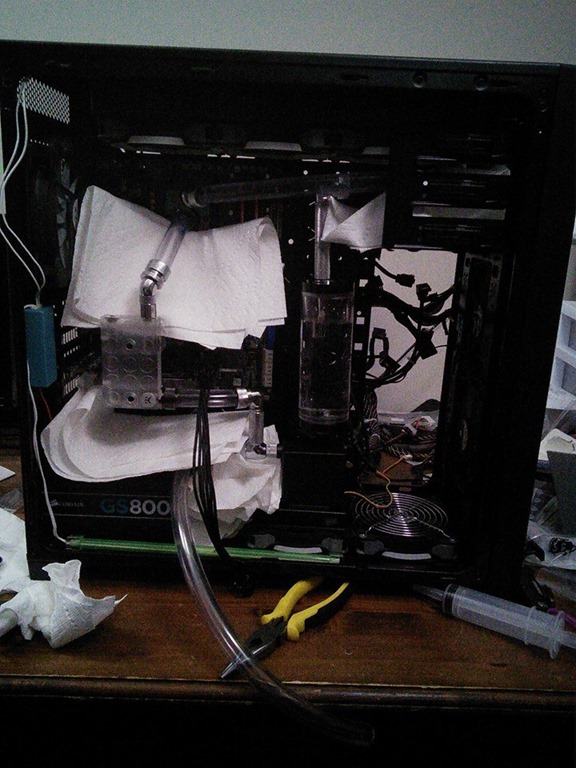
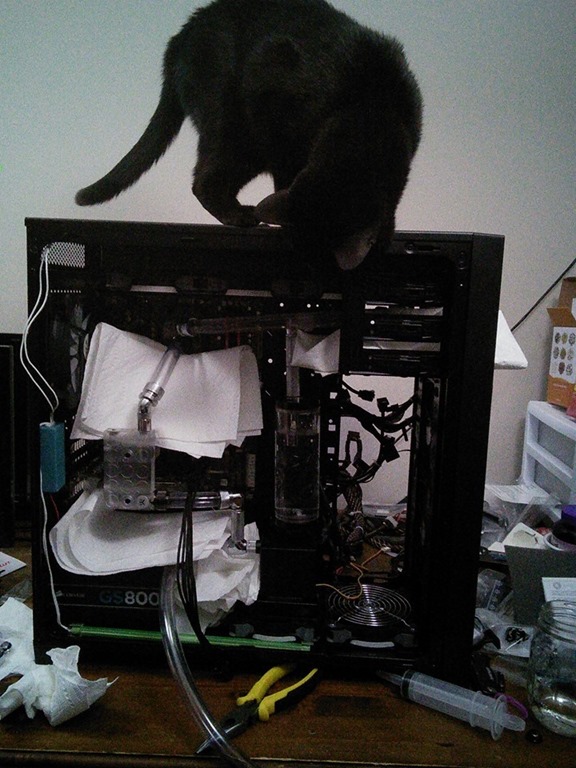
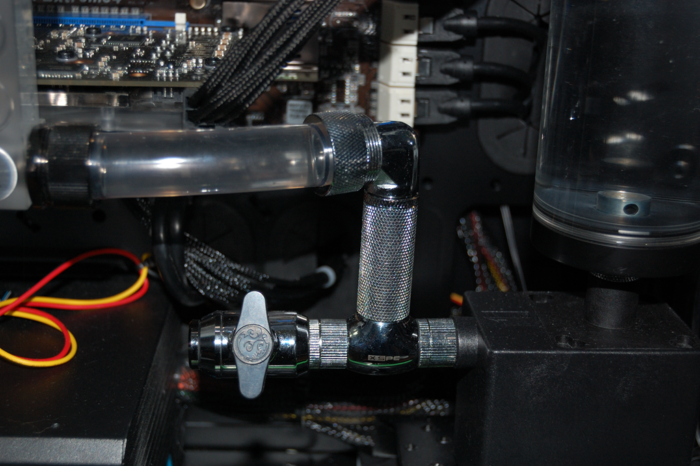
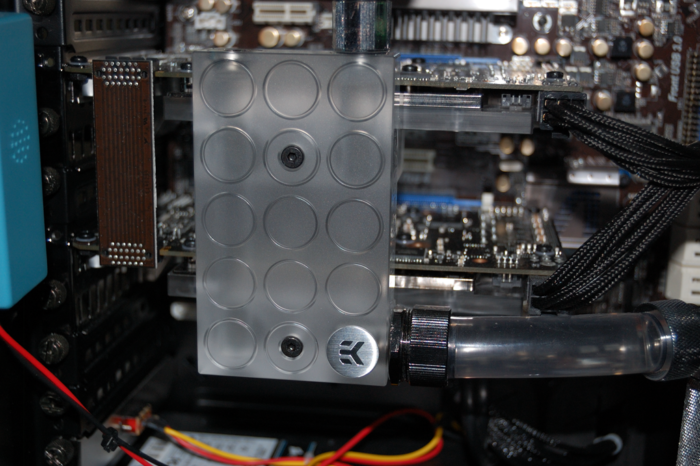
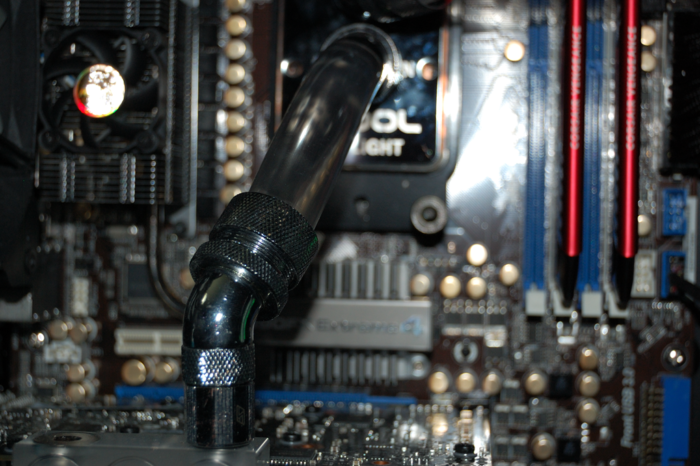
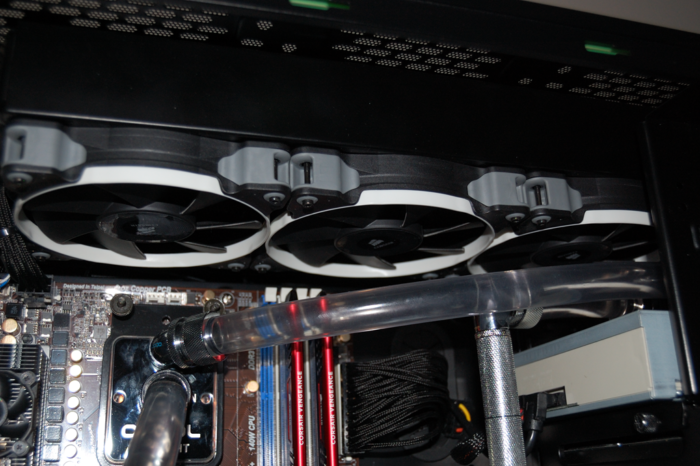
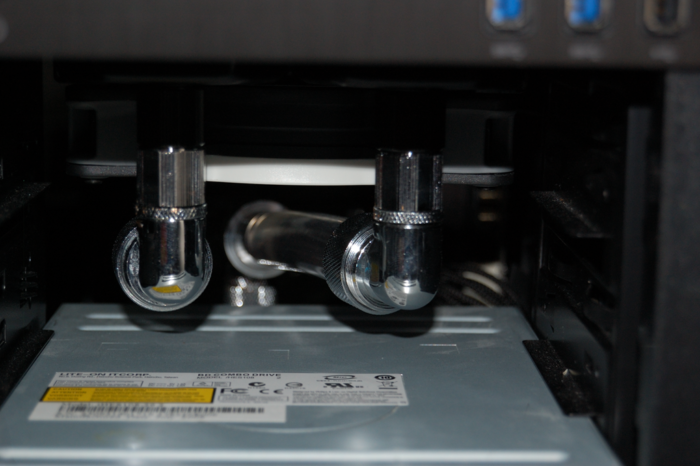
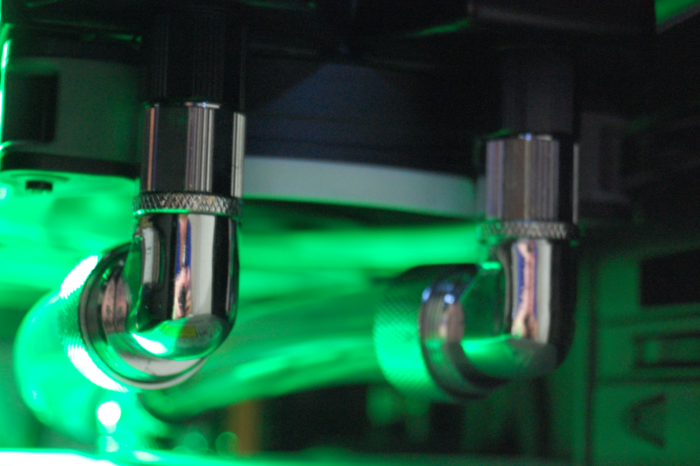

 Let’s have a look at the
Let’s have a look at the 
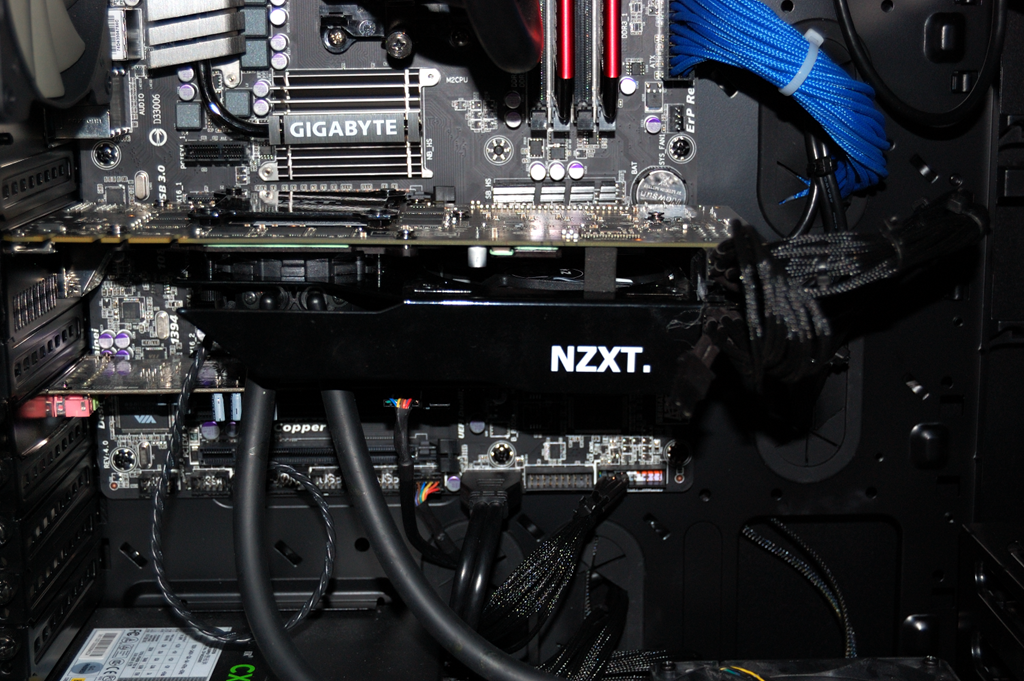
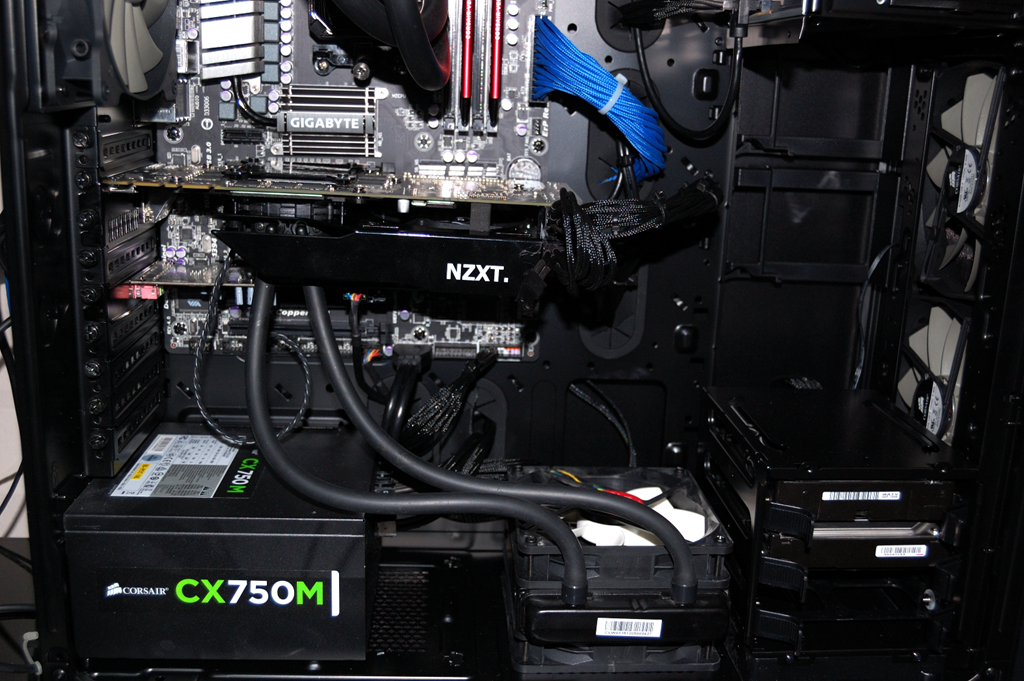
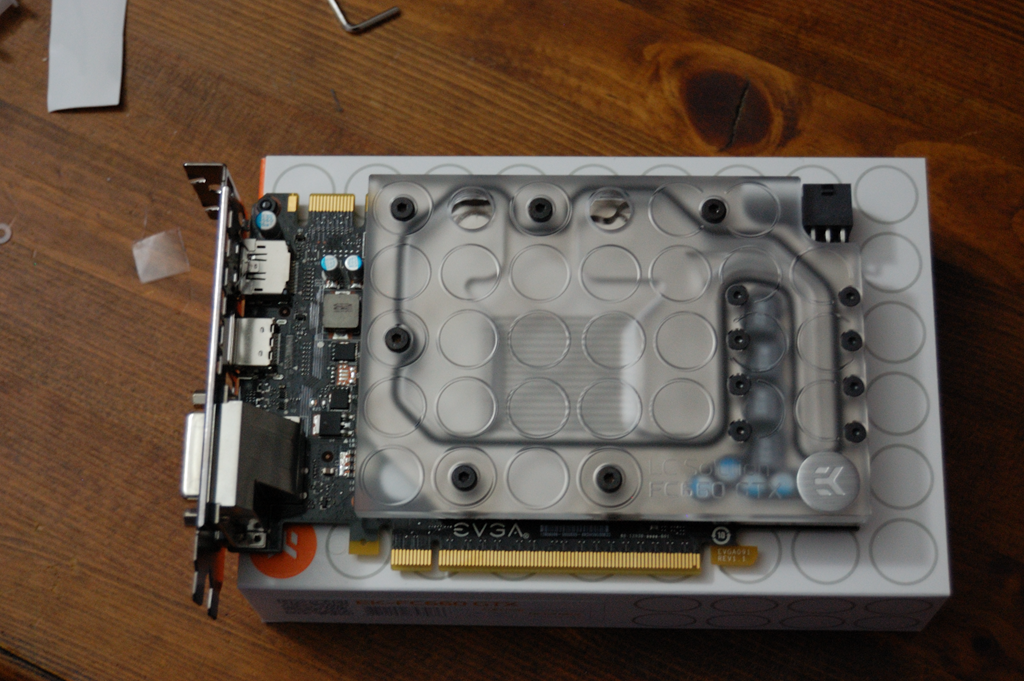
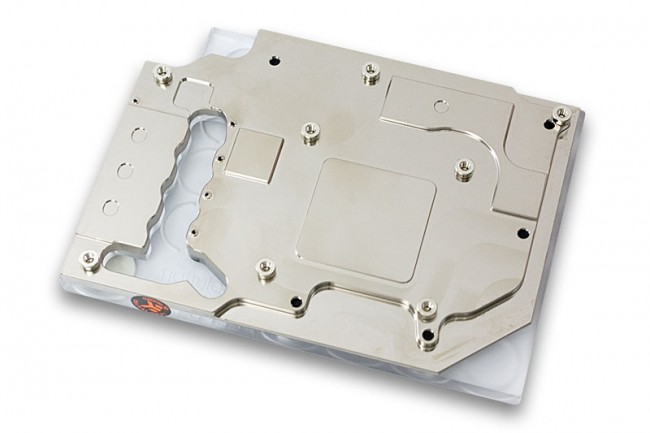
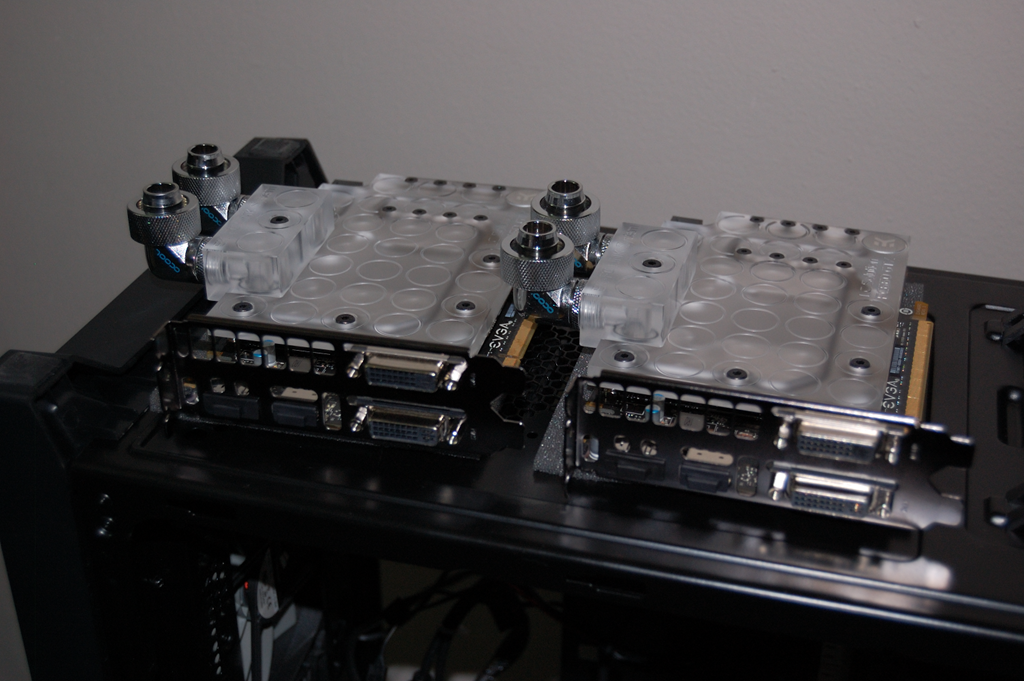

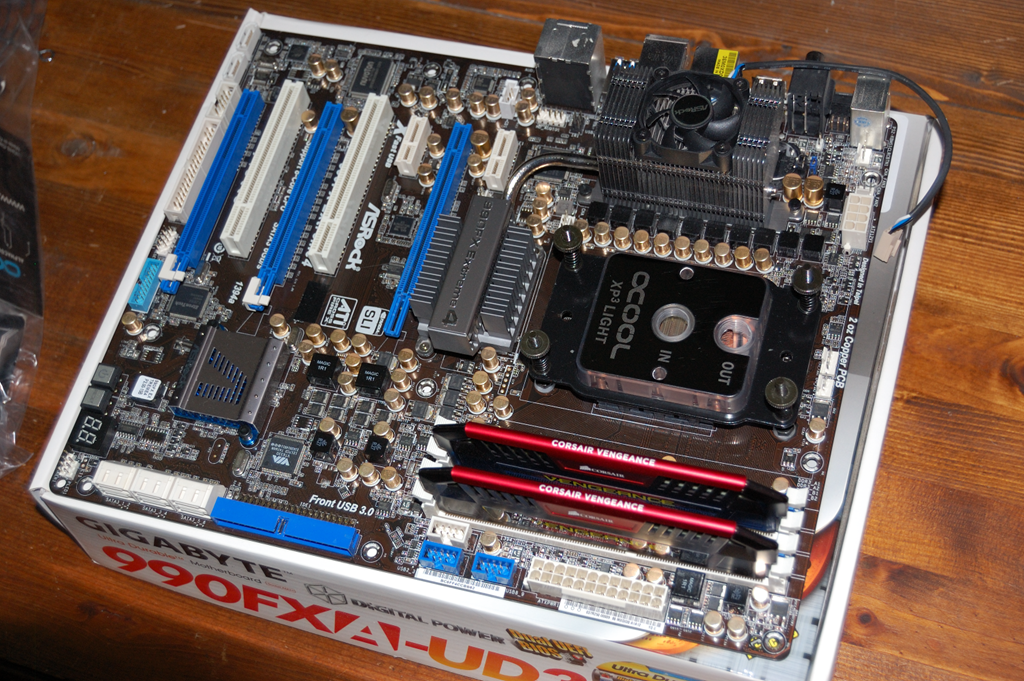
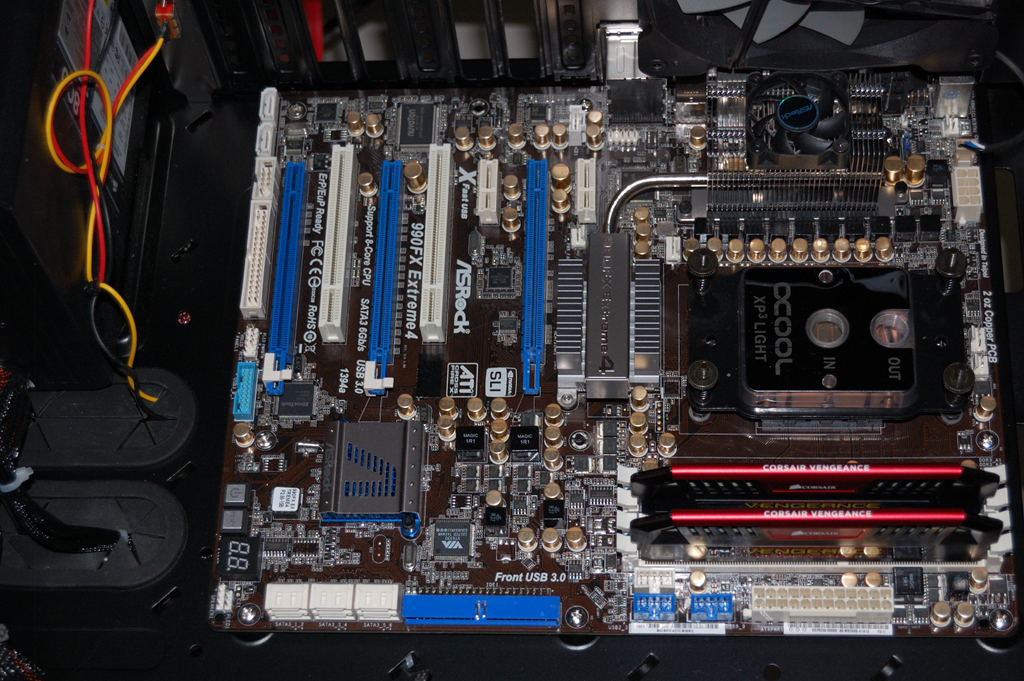
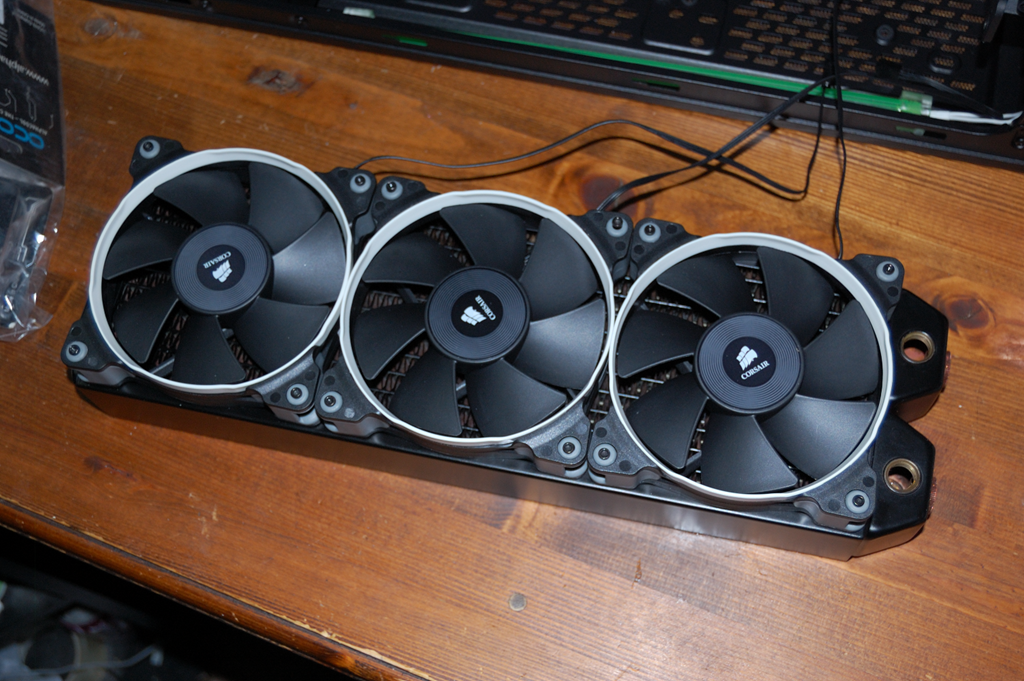
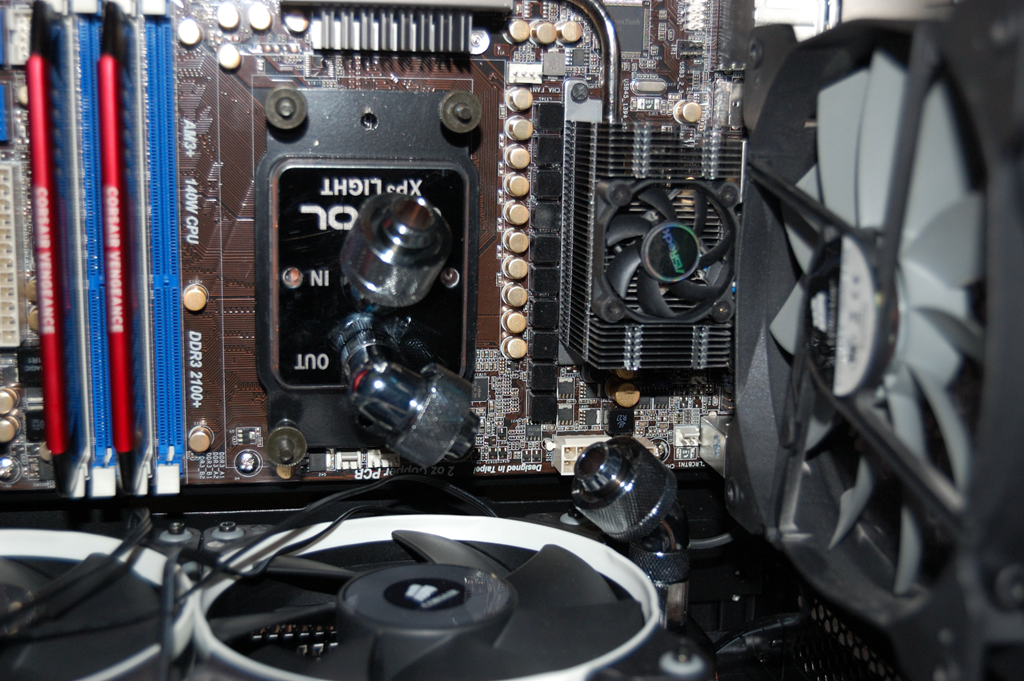
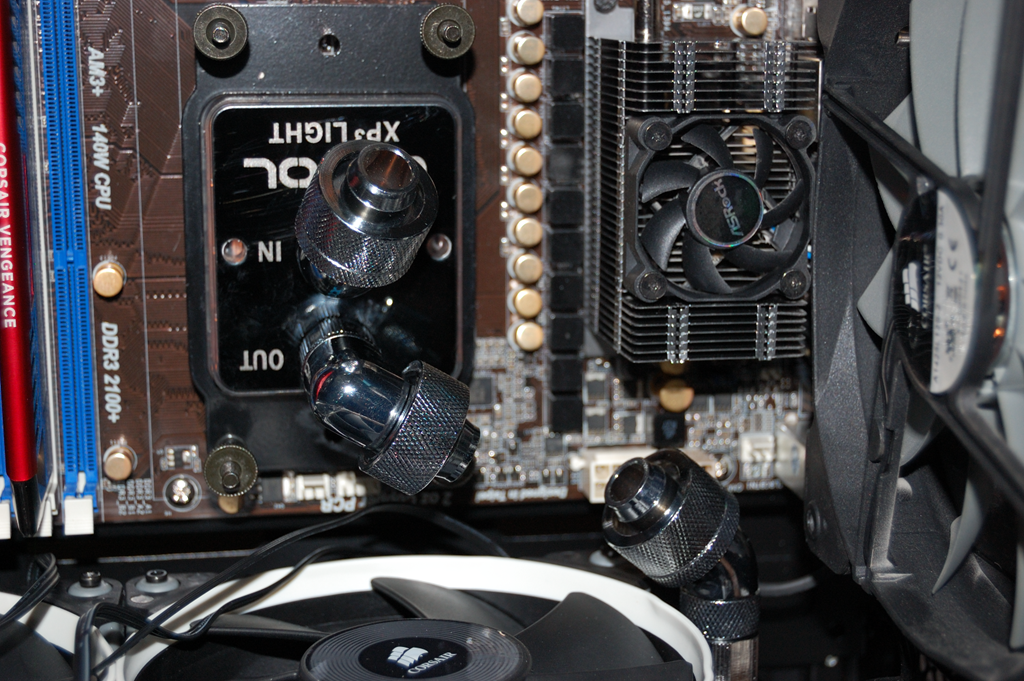

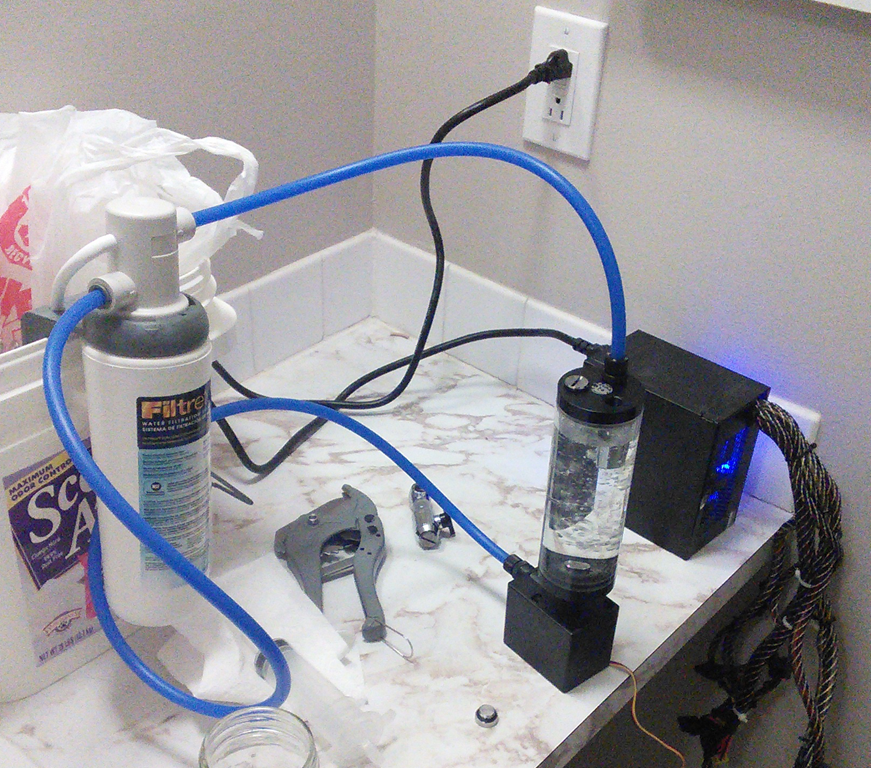
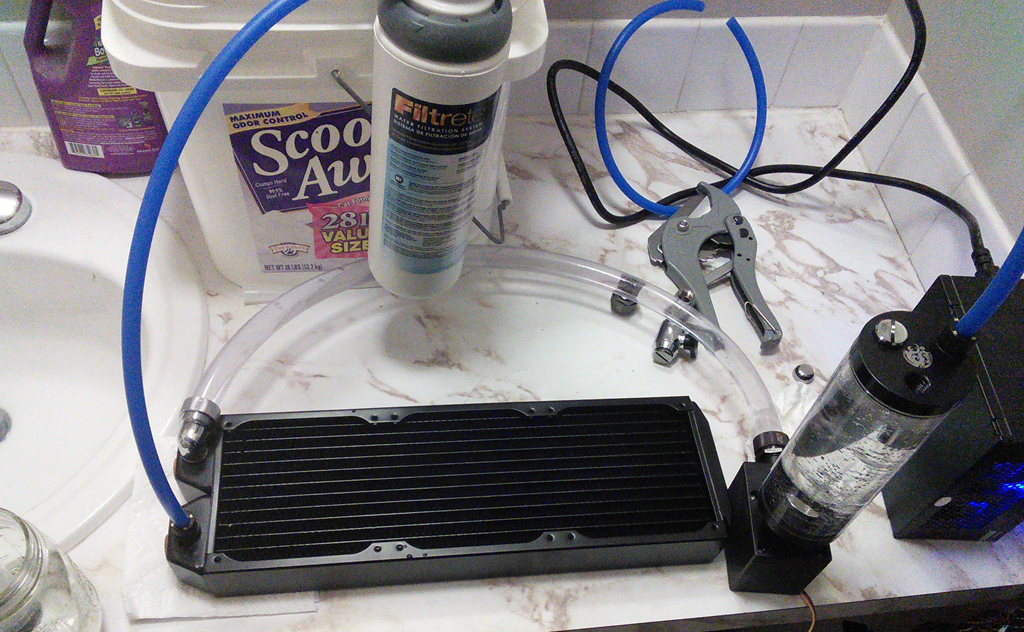
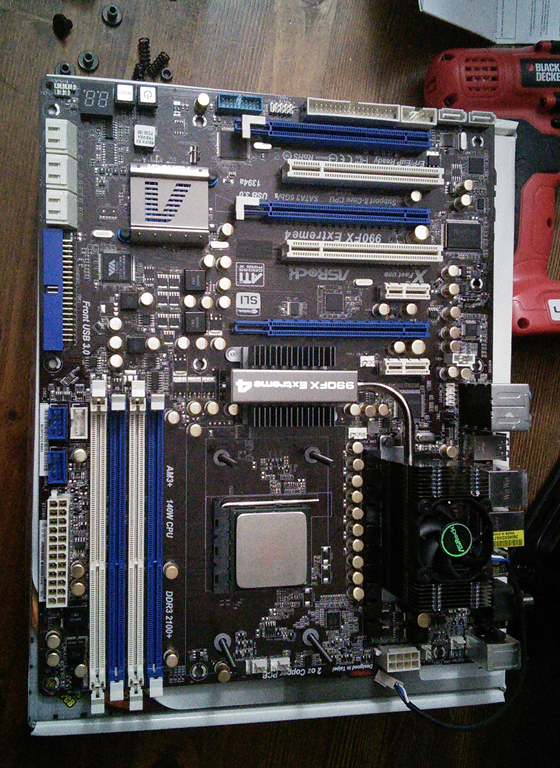

You must be logged in to post a comment.